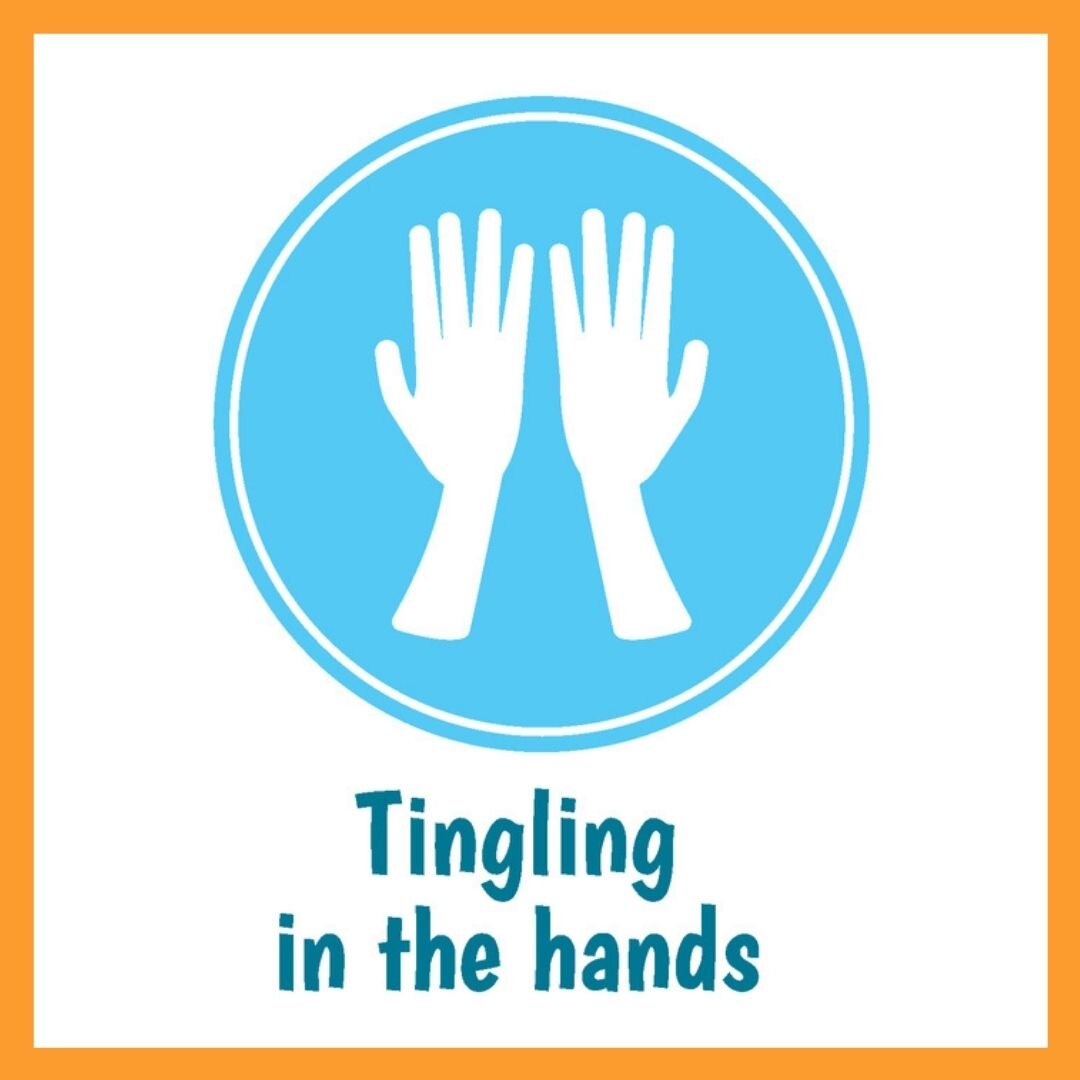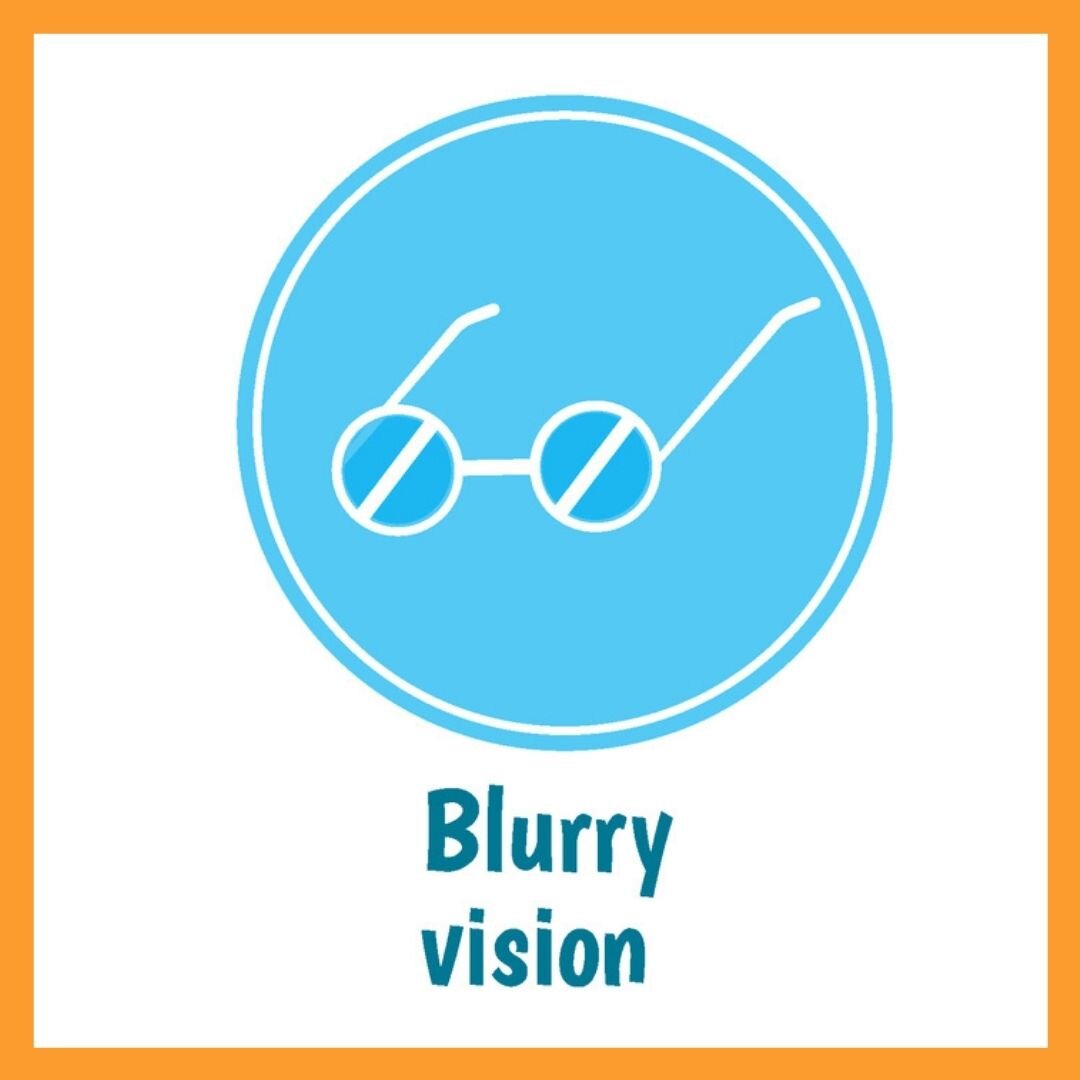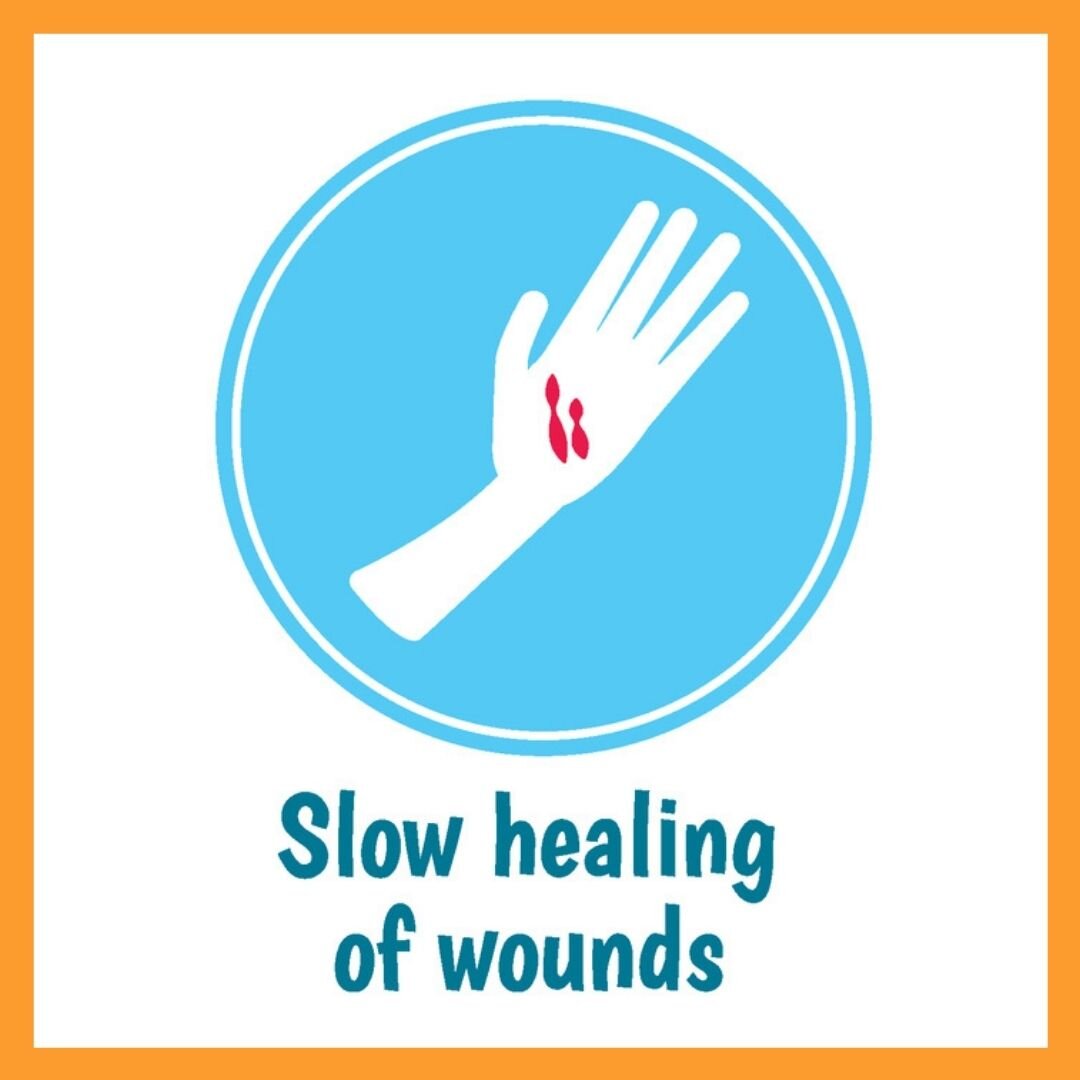Type 2 Diabetes: An Optometrists Guide to Keeping an Eye On The Signs
/Type 2 diabetes is a chronic health condition that is found in every corner of the world. As of 2017 Type 2 Diabetes is reported to affect approximately nearly 462 million individuals or 6.28% of the world's population. And has a prevalence rate of up to 6059 cases/100,000 (and rising). The same report also claims that Type 2 Diabetes Mellitus accounts for the 9th leading cause of mortality (leading to more than 1 million deaths per year).
As Canadians, we’re doing worse than the rest of the world, with an estimated 9.3% or about 3.4 million Canadians having diabetes as outlined in a 2018 study by the Canadian Journal of Diabetes. A study published by Diabetes Canada in 2019 showed an even bleaker outlook highlighting that nearly 1 in 3 or 33% of Canadians either has diabetes (Type 1 & Type 2) or is prediabetic.
According to a 2021 study, diabetes also dramatically increases the risk of permanent blindness, thereby making it crucial "to keep an eye on it."
Keeping in sight the risks associated with Type 2 Diabetes, we must keep ourselves and our loved ones far from it.
So, if you want to keep yourself safe from the harms of Type 2 Diabetes, give this article a read.
What Is Type 2 Diabetes?
Type 2 Diabetes or Diabetes Type 2 is a chronic disease where people persistently experience abnormally high blood sugar values. Values of blood glucose (sugar) to be declared as diabetes are as follows:
Random blood sugar levels > 11.1 mmol/L
Fasting blood sugar levels > 7.0 mmol/L
Type 2 Diabetes is caused by insufficiency of the hormone insulin (that converts and stores excess sugar). The main reasons for this insufficiency are:
Reduced or absolute lack of insulin production from the pancreas
Increased resistance of body cells towards insulin
Type 2 Diabetes Risk Factors
The following factors increase your chances of acquiring this disease:
Genetics
Obesity - Being Overweight
Lack Of Exercise
Early Signs Of Type 2 Diabetes
The best way to keep Type 2 Diabetes at bay is to look for the initial signs of the disease and amend your lifestyle accordingly. The onset of Type 2 Diabetes isn't that brisk. In most cases, there is a prediabetes state that goes unnoticed by many people for months or years.
If you have any of the risk factors above, it’s important that you schedule an annual physical with your family doctor, who can order the required blood work.
A fasting blood sugar level between 5.6-6.9 mmol/L is declared prediabetes or borderline diabetic. Suppose you have constant fasting blood sugar readings between these values. It should sound the alarm that you are on the verge of becoming diabetic and need to change your lifestyle.
It's essential to have an open, frank and honest conversation with your doctor, as you may be able to reverse yourself out of this prediabetes state.
6 Early Signs of Type 2 Diabetes That You Should Watch For:
Polydipsia: Increased Thirst
Increased thirst is usually the initial presentation of diabetes. You may feel dehydrated and thirsty for water all the time.
Polyuria: Increased Urination
The kidneys sense the excess sugar in your blood and try to remove it as much as they can. Polyuria leads to frequent urination and the need to go to the bathroom regularly (especially at night).
Vision Issues
Blurry vision might be the first symptom of diabetes that you might experience. Initially, your eyeglass prescription may seem to change almost overnight or fluctuate after meals.
Slow Healing Of Wounds
High quantities of glucose in the blood interfere with the healing properties of the body. Even people with prediabetes can notice that minor cuts and wounds can take months to heal.
Numbness Of Your Extremities
Compromise in the blood circulation to the nerves in your body is also a feature of type 2 diabetes. This is known as diabetic neuropathy. Reduced blood flow to nerves can lead to pain, tingling, or burning sensation in the hands and feet.
Increased Propensity Towards Infections
You might notice that you fall ill more frequently. This again is attributed to the high glucose in the blood that promotes yeast growth.
6 Common Eye Complications Caused by Type 2 Diabetes Your Optometrist Might Diagnosis
The early signs of diabetes persist to become diabetic complications. The most common eye care complications are discussed below:
Diabetic Retinopathy
"Eyes are the windows to your soul." These windows become hazy and unclear due to long-standing diabetes, i.e. diabetic retinopathy. It is one of the most sought problems in people with diabetes, maybe because of the implications.
It is interesting to know about the presentation of diabetes and how it affects your eyes. As per a study, diabetes patients can suffer from contrast sensitivity issues, life refraction problems while having a 20/20 visual acuity. According to the American Optometric Association, diabetes causes progressive damage to the eye's retina (the light-sensitive layer of the eye).
According to another study, neurodegeneration of the retina (of the eye) or diabetic eye disease (DED) may be the earliest manifestation of diabetes type 2.
2. Non-Proliferative Diabetic Retinopathy (NPDR)
The initial presentation of eye damage by diabetes is non-proliferative diabetic retinopathy. This condition is characterized by an inability of the body to grow new blood vessels. The ultimate result of this effect is the weakening of the retina. Once weak, there may form small protrusions in the retinal blood vessels, i.e. microaneurysms.
According to a study, retinal microaneurysms increase as the disease progresses.
Another study measured the effects of NPDR in people with diabetes. All the patients showed issues with visual acuity, dark adaptation, and visual sensitivity. Thus, it was concluded that diabetic retinopathy causes gross damage to the eyes.
3. Colour Vision Impairment
A 2017 study conducted on type 2 diabetes patients concludes that every 1 in 4 participants suffers from impaired colour vision. People with type 2 diabetes for more than 6-years showed increased problems between blue and yellow shades, i.e. tritanomaly.
4. Eye Floaters
Many people with type 2 diabetes have reported seeing eye floaters. It is a unique phenomenon where the patient sees specks/dots that are not present in reality. The particles fade away as soon as you try to focus on them directly.
This effect is attributed to vitreous hemorrhage i.e. bleeding into the vitreous (jelly-like substance in the center of the eye). As per a study, vitreous hemorrhage can cause vision issues, eye floaters, and in severe cases, blindness.
Scar tissue may develop on the retina due to prolonged diabetes. This can lead to pulling away of the retina from the back of the eye i.e. retinal detachment. Studies suggest that tractional retinal detachment is seen in type 2 diabetes patients. This can also present as eye floaters, and flashes of light.
5. Fluctuating Vision
People with Type 2 Diabetes can suffer from fluctuating vision as well. Some describe their vision as being blurry and wavy near the center of the field. The extent of this blurriness can range from slightly blurry vision to complete vision loss.
According to a study this blurriness is caused by an accumulation of extracellular fluid within the retina i.e. macular edema.
6. Glaucoma
Advanced diabetic retinopathy can lead to the development of glaucoma (optic nerve damage due to raised intraocular pressure). According to a meta-analysis, diabetic patients are at significantly higher risk of developing primary open-angle glaucoma.
Take-Home Message About Type 2 Diabetes
Type 2 Diabetes is a chronic disease, meaning it’s a lifelong condition for most people.
Early signs of the disease include weight deviations with increased thirst, hunger, and urination.
From an optometrist perspective, Type 2 Diabetes will eventually affect your eyes. Blurry and fluctuating vision, eye floaters, glaucoma, and even complete blindness can result over the long term.
So if you have Type 2 Diabetes or Prediabetes, it's essential that you see your optometrist annually for a dilated retinal examination. These examinations are covered by Alberta Health Care and are the first line of defence against blindness.





















